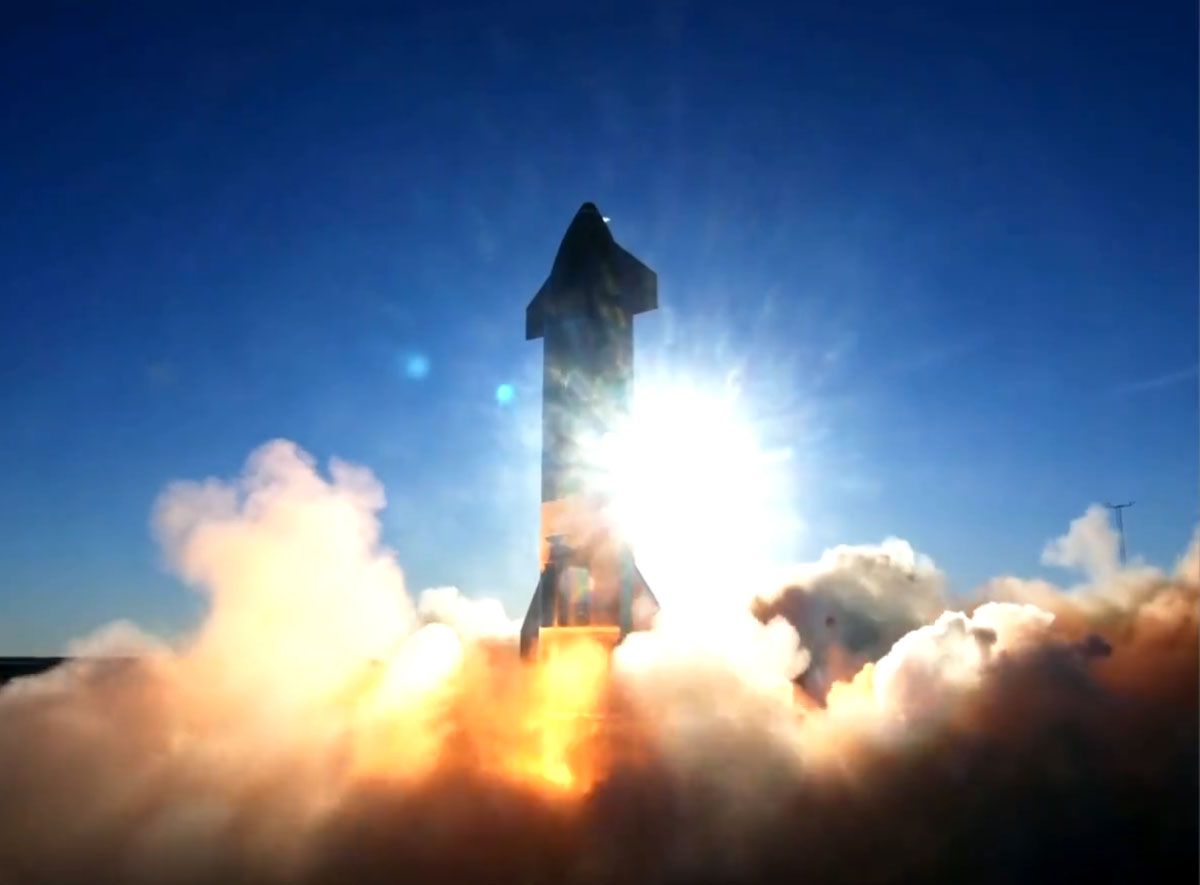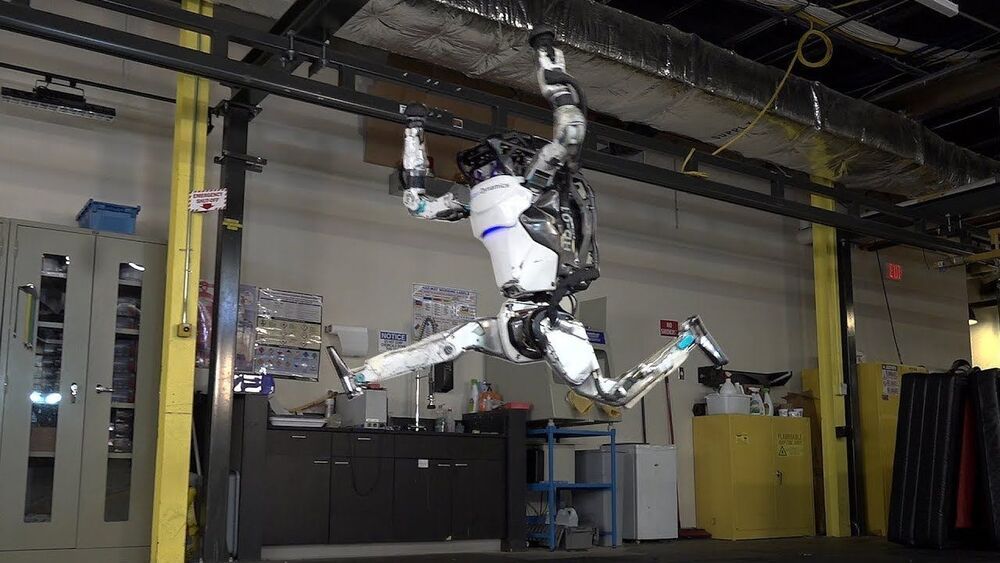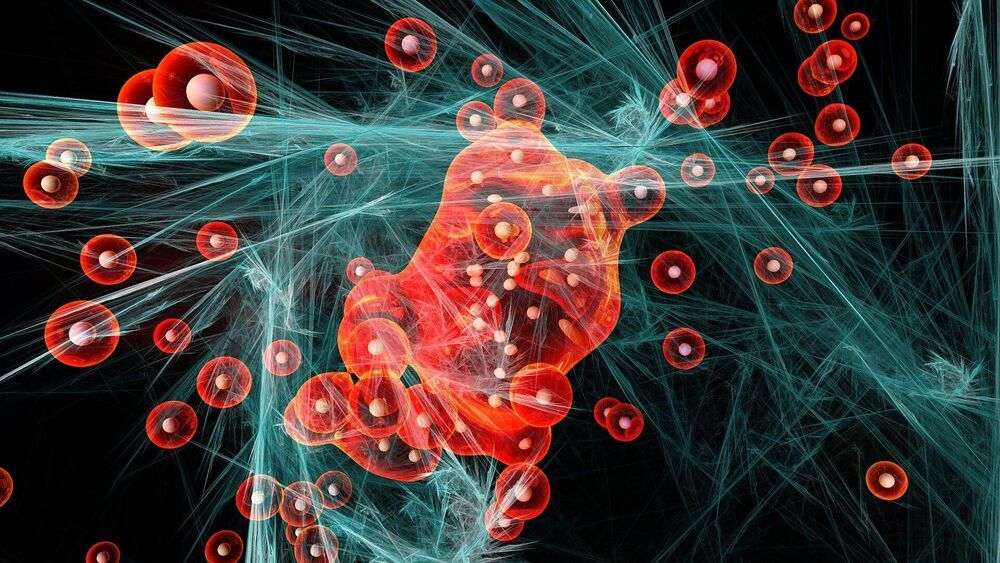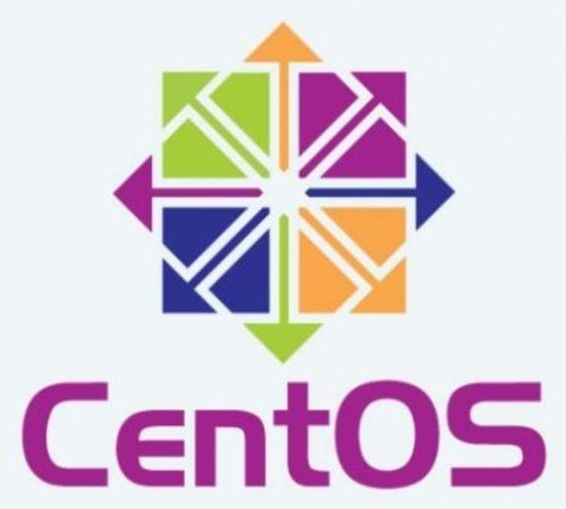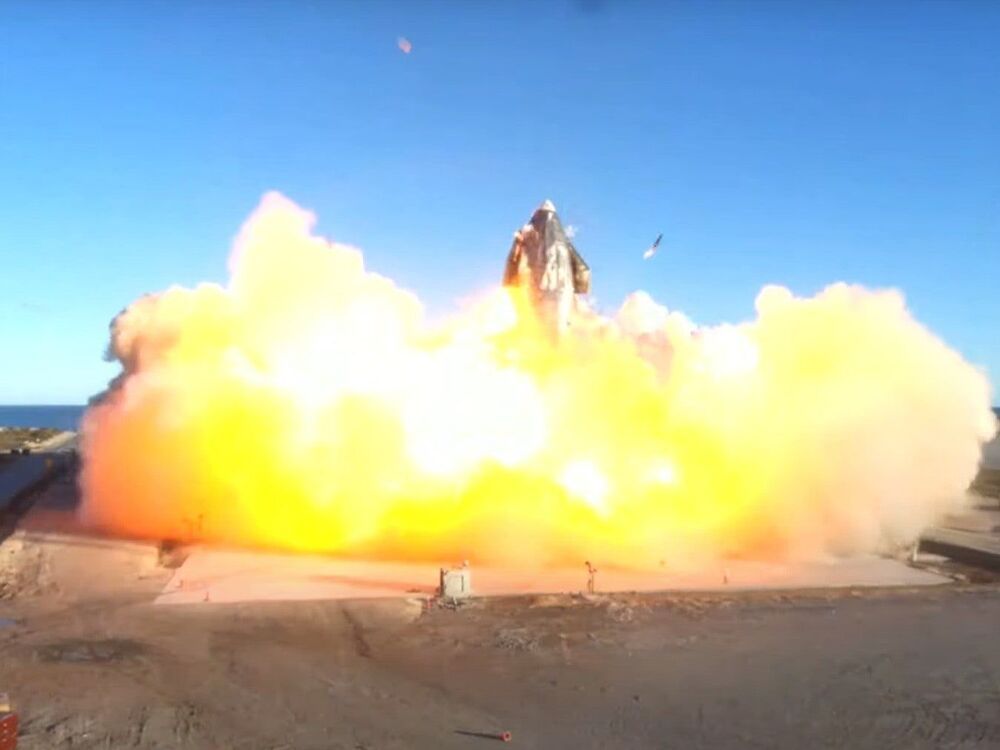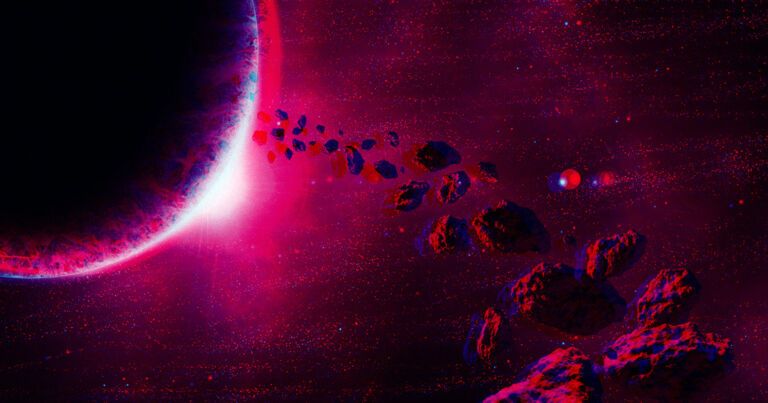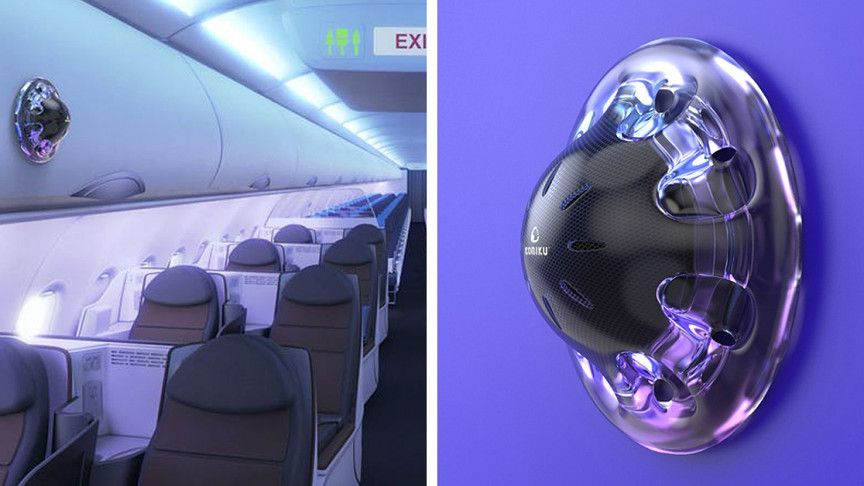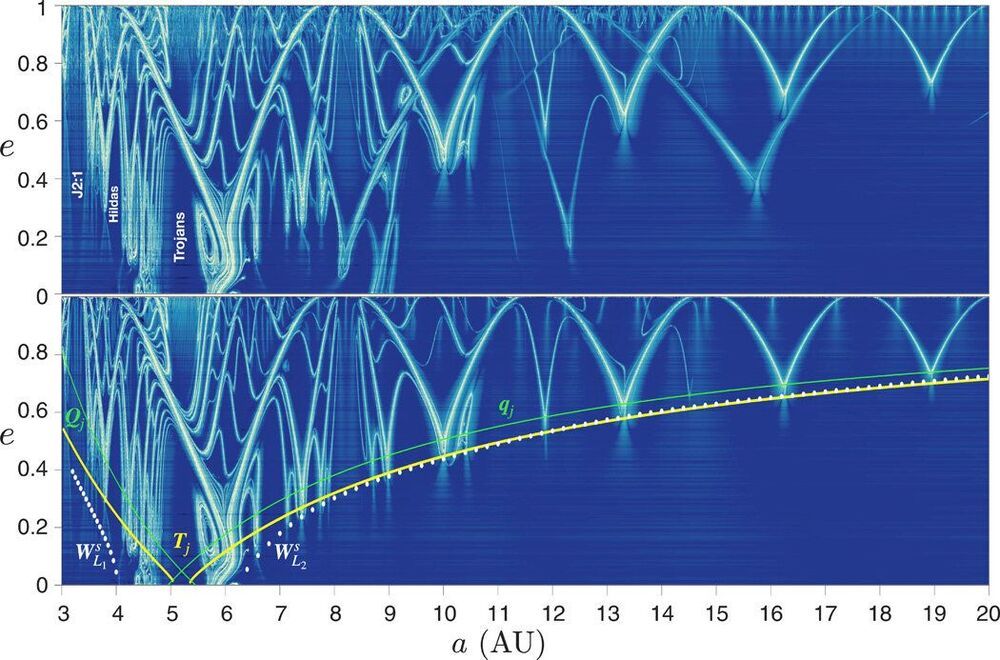Lifeboat Foundation congratulates Guardian Award Winner Elon Musk and SpaceX on their latest accomplishment with the Starship, the world’s first reusable space vehicle. The Starship will transform our world, starting with making Starlink the first non-bankrupt LEO constellation, later bringing us to the Moon and then hopefully Mars.
We recommend that NASA redirect their funds from the dead-end SLS system towards Starship. Even if NASA continues to waste tens of billions of dollars on SLS, it is unlikely that it will ever do more than a handful of launches as the low-cost Starship program makes it obsolete.
Also, here’s an appeal to Guardian Award Winner Elon Musk:
Somewhat as a voice in the wilderness, we would like to pass on a few thoughts on matters that have been of deep concern to us over recent months. 1) A Great Filter stands in the path of Human Civilization 2) The lack of a fast Nuclear Thermal Engine will stop us from building a self-sustaining civilization on Mars for the foreseeable future.
Since no one is putting a lot of resources into completing a Nuclear Thermal Engine and you are now a huge success with a lot of resources, it is time for SpaceX to build such an engine and get us past this Great Filter. SpaceX could easily handle any financial challenges or legal challenges that stand in the way. Do we want to get a self-sustaining civilization on Mars or not?
